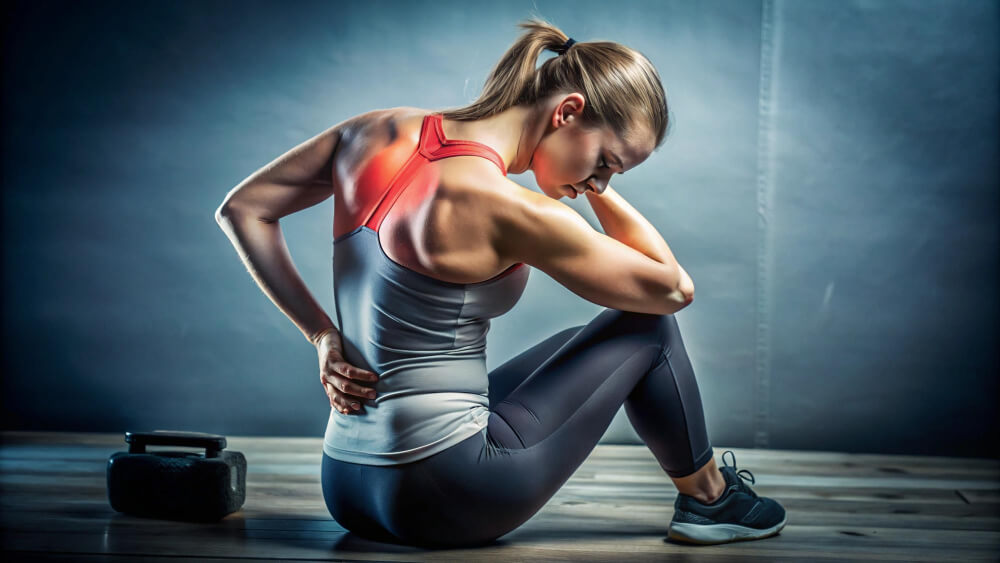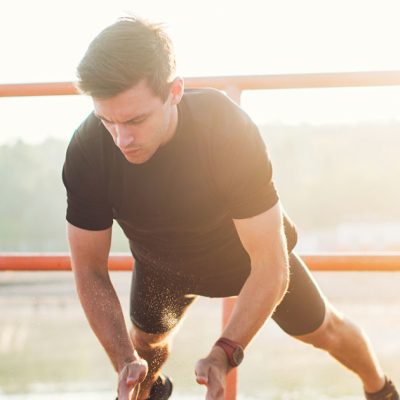Nearly 84% of adults experience some form of lower back pain, which can have numerous potential causes. If you go to the gym or do some exercises like squats, the pain might become worse. However, squatting doesn’t only involve doing typical exercises because you do squats every time you sit in your office chair or tie shoelaces.
Therefore, it’s important to practice squats. If you learn how to do them properly, you might actually prevent lower back pain. On the other hand, if you feel pain after squats, it’s a sign that something is wrong with your body.
Pros of squats
Squats affect several different muscles, such as:
- Buttocks (gluteus Medius, minimus, and maximus)
- Quadriceps (front of the thigh)
- Hamstring (back of the thigh)
- Adductor (groin)
- Calves
- Lower back and stomach
Squats can boost your athletic performance, helping you walk and run faster. Additionally, this exercise can help you stay mobile and prevent injuries and falls as you age by working your lower body and core muscles responsible for balance and stability.
Considering there are so many types of squats, you can mix them and never get bored.
Common mistakes and what leads to lower back pain while squatting
Sometimes, people use improper squat techniques and force the wrong types of muscles, which can lead to lower back pain when squatting and increase the risk of injuries. Some common mistakes involve:
Knees sink inward: this puts your knees in a dangerous position and places the ACL or an anterior cruciate ligament under a lot of stress, which is one of the major ligaments in the knee joint. Keeping your toes facing forward and your knees in the same direction is necessary to prevent this.
As you go up and down, make sure your feet are firmly on the ground. If you have issues keeping your knees in the right position, put resistance bands around your thigh. They will force your legs to stay in the proper position.
Not bracing your lats and abs: If you do squats with lazy lats and core, your back will round instead of staying neutral. It means that you will be working the wrong muscles. If you feel pressure in your heels and toes, lift them off the ground as you do your squats.
Going too far down: while you should lower down to a 90-degree angle, getting there by curving your spine will increase pressure on your back, leading to a potential muscular or disk injury. You should only lower yourself to the point where you feel comfortable while maintaining your spine in a neutral position. If you want to get lower, then you have to work on mobility in your ankles, hamstrings, and hip flexors.
Using too much weight: if you use weights while doing squats, you may again put unnecessary pressure on your spine, especially if you don’t adjust weight. To start from scratch, you should use a kettlebell or dumbbell and hold it with both hands in front of your chest. After you feel comfortable with the weight, you can do squats with two light dumbbells.

How do you prevent lower back pain after squats?
You can try several treatments and remedies if you are experiencing lower back pain. They can help you alleviate discomfort and speed up recovery. Please be aware that these recommendations can’t replace professional medical opinion and consulting with a medical professional is highly advised.
Pain medications
Over-the-counter pain medications, known as NSAIDs, can minimize inflammation and soothe lower back pain, but only temporarily. They can be a great way to manage acute pain, but it’s important to follow the instructions and consult with a doctor if you are suffering from a chronic condition.
Cold and heat therapies
Applying cold and heat compresses can offer relief from lower back pain. You can apply an ice pack to the affected area, numb the spot and minimize the pain. After the acute phase, you can apply a warm compress or a hot water bottle, which will relax your muscles and promote blood flow.
Physical activity
Any type of physical activity, such as swimming or walking, can soothe lower back pain. These exercises promote flexibility and blood flow while strengthening the muscles surrounding your spine and lower back. Start gradually, listen to your body and gradually increase the pace to avoid causing further injuries.




